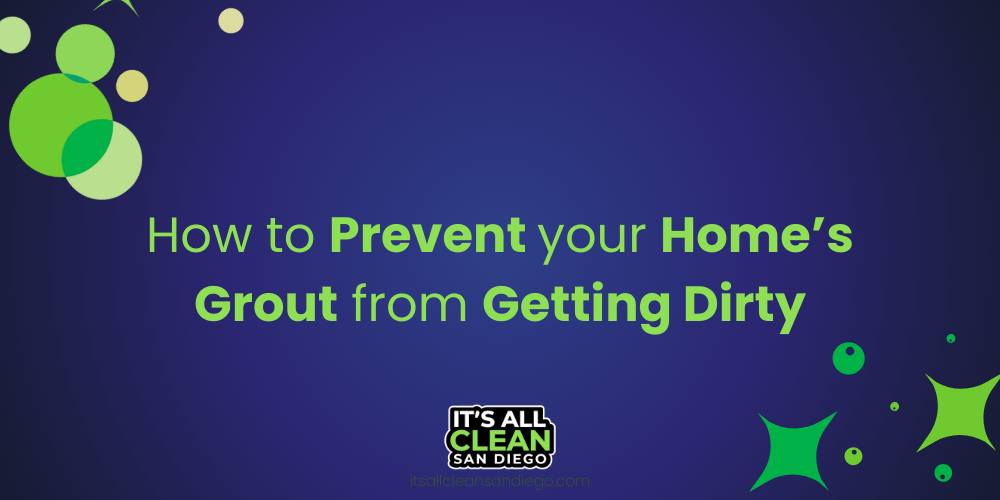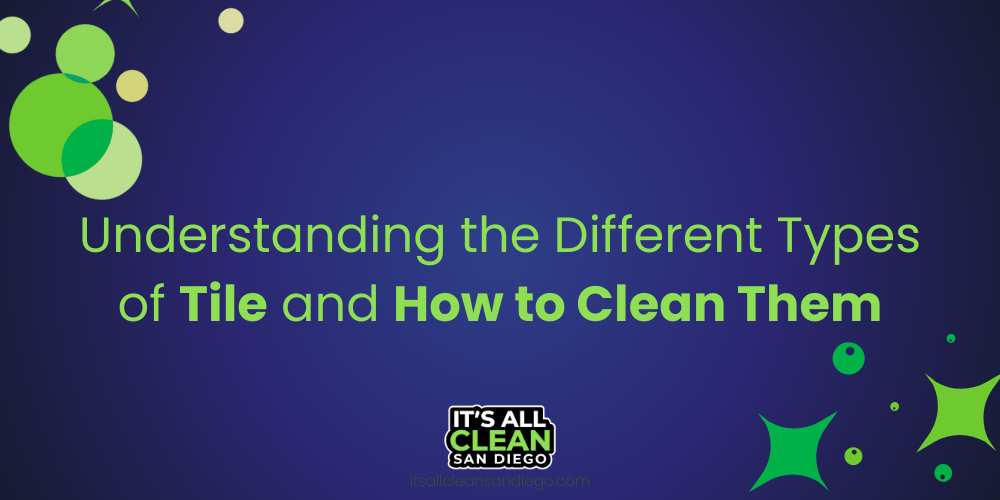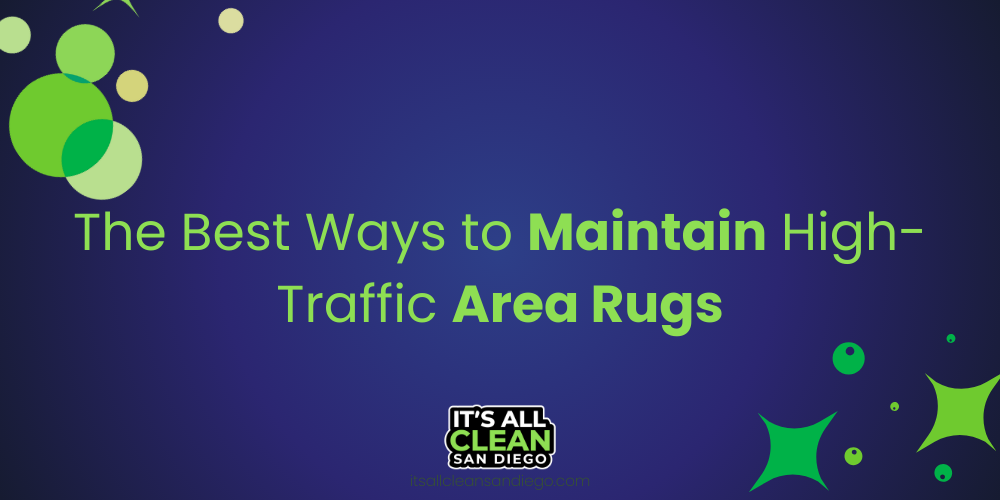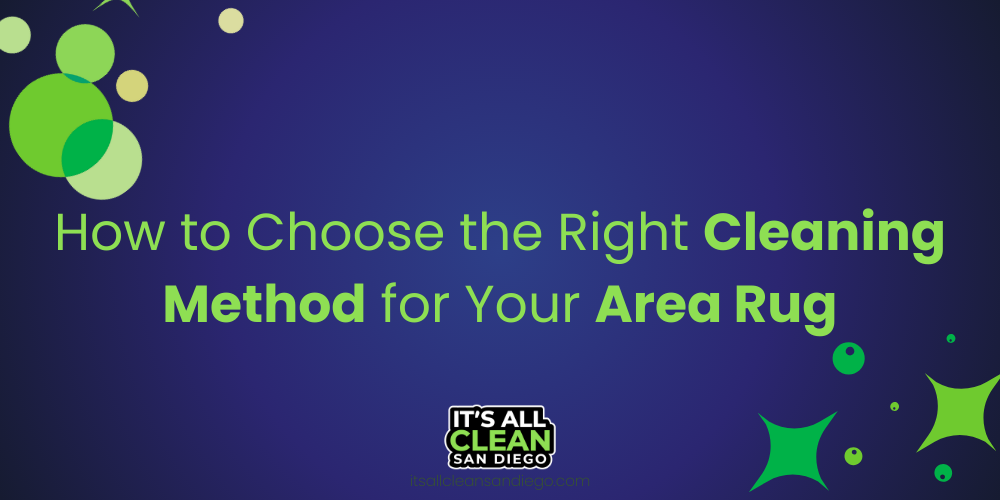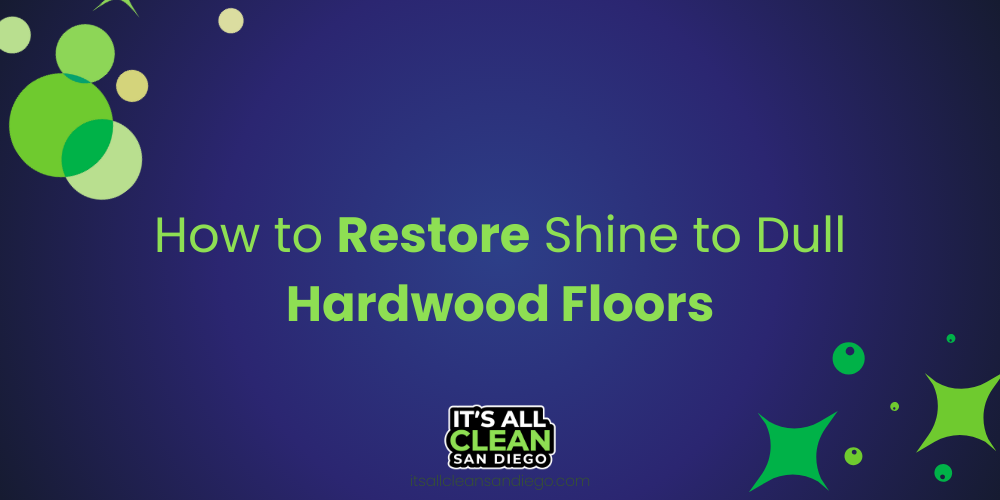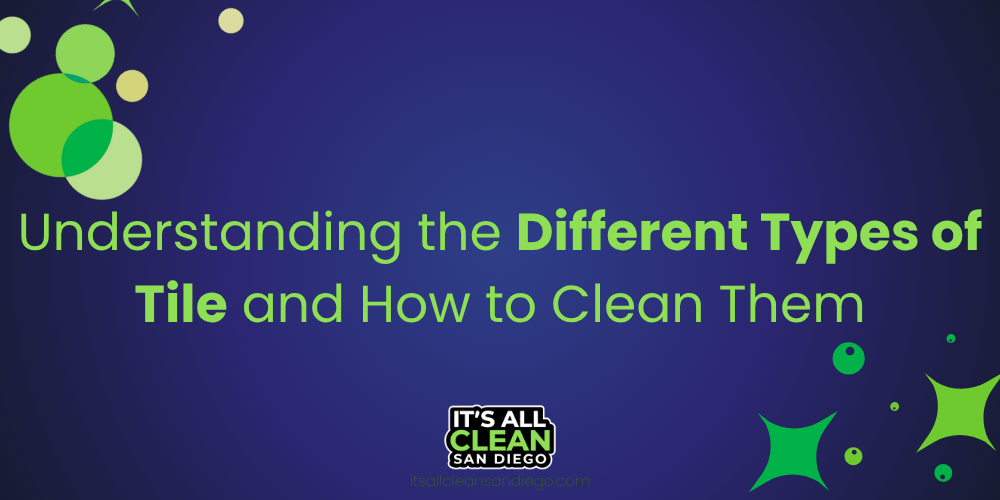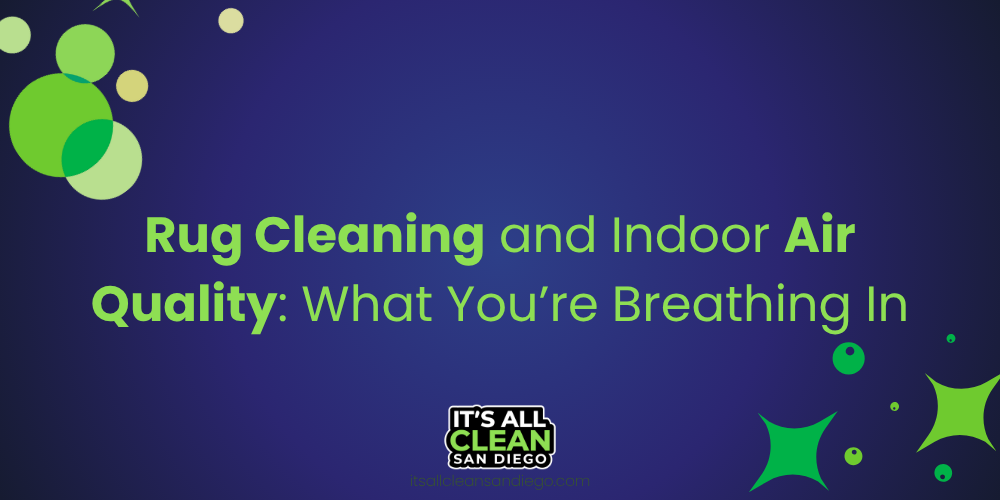Moisture is essential for life—but when it comes to your home or office interiors, it can quietly become your worst enemy. Upholstery—whether it’s your living room couch, office chairs, or boat cushions—is especially vulnerable to moisture damage. Unlike a spilled glass of water or a visible stain, the effects of lingering moisture often go unnoticed… until it's too late.
This silent culprit can cause irreversible damage to your furniture and lead to serious health and hygiene issues in your space. In this article, we’ll uncover how moisture affects upholstery, the hidden dangers it creates, and why professional upholstery cleaning and care is crucial for maintaining both your furniture and your indoor air quality.
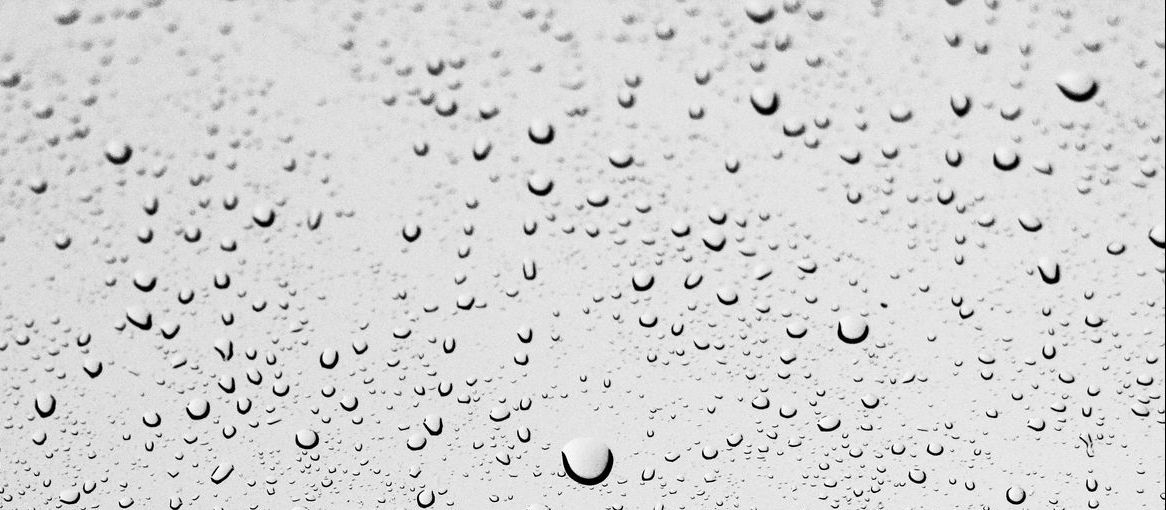
The Vulnerable Nature of Upholstery
Upholstered furniture is made from layers of fabric, foam, batting, and wooden or metal frameworks—all of which can absorb and retain moisture. Once moisture gets trapped inside, it doesn’t just evaporate. Without proper drying or cleaning, it can lead to long-term damage that’s invisible to the eye but harmful to your health and furniture’s lifespan.
Where Is the Moisture Coming From?
You might be surprised to learn just how many ways moisture can creep into your upholstery:
- Spills from drinks or food
- Pet accidents
- High indoor humidity levels
- Condensation from air conditioning or poor ventilation
- Wet clothing or towels on furniture
- Floods or leaks
- Boat interiors exposed to saltwater and humidity
What seems like a harmless damp spot can quickly become a breeding ground for microbes, fungi, and odors—all hidden just below the surface.
The Hidden Effects of Moisture on Upholstery
1. Mold and Mildew Growth
Moisture trapped in upholstery creates the perfect environment for mold and mildew to grow. These fungi thrive in dark, damp environments—like the inside of a couch cushion.
Health Risks:
- Airborne mold spores can lead to respiratory issues, allergies, sinus infections, and worsen asthma.
- Mold exposure can cause skin irritation, fatigue, and even neurological symptoms in sensitive individuals.
Structural Damage:
- Over time, mold can break down the organic fibers in your upholstery.
- Foam cushioning can become brittle or discolored.
- Wood frames can begin to rot or weaken.
2. Persistent Odors
Moisture can also lead to musty, unpleasant smells that are difficult to trace. If you've ever walked into a room and noticed a damp odor you can't quite pinpoint, there's a good chance moisture is trapped in your furniture.
Why You Shouldn’t Ignore It:
- These odors indicate bacterial or fungal growth.
- Sprays or air fresheners may mask the smell, but they don’t address the source.
- Persistent odors lower your indoor air quality and can be embarrassing in social or professional settings.
3. Allergen Accumulation
Moisture doesn’t just lead to mold—it also helps dust mites, bacteria, and pet dander thrive in upholstery. This mix of allergens becomes airborne every time you sit down or shift the furniture.
Common Symptoms:
- Sneezing
- Watery eyes
- Skin rashes
- Chronic congestion
- Triggered asthma or bronchial issues
If your symptoms seem worse indoors, especially after sitting on upholstered furniture, it’s likely moisture and allergens are to blame.
4. Fabric Deterioration
Moisture weakens the structural integrity of upholstery fabrics. Over time, this leads to:
- Stains that keep returning due to trapped moisture or microbial buildup
- Discoloration or water rings
- Fiber breakdown, causing rough textures or pilling
- Sagging cushions or deformed padding
This isn’t just an aesthetic issue—it shortens the usable life of your furniture, leading to costly repairs or replacements.
Upholstery in Boats: A Moisture Magnet
If you have a boat, your upholstery faces unique moisture challenges. Saltwater spray, humidity, and limited ventilation make boat cushions especially susceptible to mildew, odors, and salt residue.
Without regular deep cleaning and moisture extraction, boat interiors can become unhygienic and degrade quickly—costing you both money and comfort.
Why DIY Moisture Control Isn’t Enough
While it's a good practice to blot spills immediately and run a dehumidifier, these methods don’t reach deep into the upholstery where moisture is absorbed. That’s where professional upholstery cleaning becomes essential.
Common DIY Limitations:
- Surface drying doesn’t remove moisture from foam or frame layers
- Household cleaners may not kill mold or bacteria
- Steam cleaning machines rented from stores often lack adequate suction power, leaving furniture even wetter
Professional Upholstery Cleaning: Your Best Defense Against Moisture
1. Deep Moisture Extraction
Professional services use industrial-grade extraction equipment that removes moisture from all layers of upholstery, including foam and padding. This prevents mold from taking hold and ensures a thorough dry.
2. Anti-Microbial Treatments
Many professionals apply antibacterial and antifungal treatments that eliminate existing growth and prevent new spores from forming—something you simply can’t do with store-bought sprays.
3. Odor Neutralization
Specialized deodorizing techniques go beyond surface-level fresheners. They neutralize odor-causing bacteria, leaving your furniture and indoor air noticeably cleaner and fresher.
4. Fabric-Specific Care
Different materials—such as microfiber, leather, suede, or linen—require different cleaning methods. Professionals assess the fabric type and condition to ensure safe and effective cleaning without damage.
Upholstery Maintenance Tips to Prevent Moisture Damage
While professional cleaning is the most effective solution, you can also take some steps at home to help minimize moisture buildup:
- Use a dehumidifier in humid climates
- Avoid placing wet clothes or towels on furniture
- Clean up spills immediately using absorbent cloths
- Regularly vacuum your upholstery with HEPA-filtered vacuums
- Keep indoor humidity levels below 50%
- Use protective covers for boat or outdoor furniture when not in use
When Should You Call a Professional?
It’s time to schedule professional upholstery cleaning if:
- You notice a musty smell
- Upholstery feels damp or cold for no obvious reason
- There are discolorations or water stains
- You or your family members have unexplained allergy symptoms
- You own a boat or live in a humid environment
- It’s been over a year since your last upholstery cleaning
Upholstery Isn’t Just Furniture—It’s Part of Your Air
The condition of your upholstery affects not only the appearance of your space but also the quality of the air you breathe. Damp furniture quietly contributes to health risks, poor air quality, and gradual degradation of your living environment. Don’t wait until the damage is visible—by then, it could be too late.
Call to Action
If your upholstery could talk, it might be begging for a deep, restorative clean—and It’s All Clean San Diego is here to help. We specialize in moisture-extraction and upholstery cleaning for homes, offices, and boats using eco-friendly, fabric-safe methods that get to the root of the problem.
Whether it’s a mystery odor, hidden mold, or just overdue maintenance, our expert team will bring your furniture back to life—and improve the air you breathe in the process.
- All rights reserved -
It's All Clean San Diego © 2021
